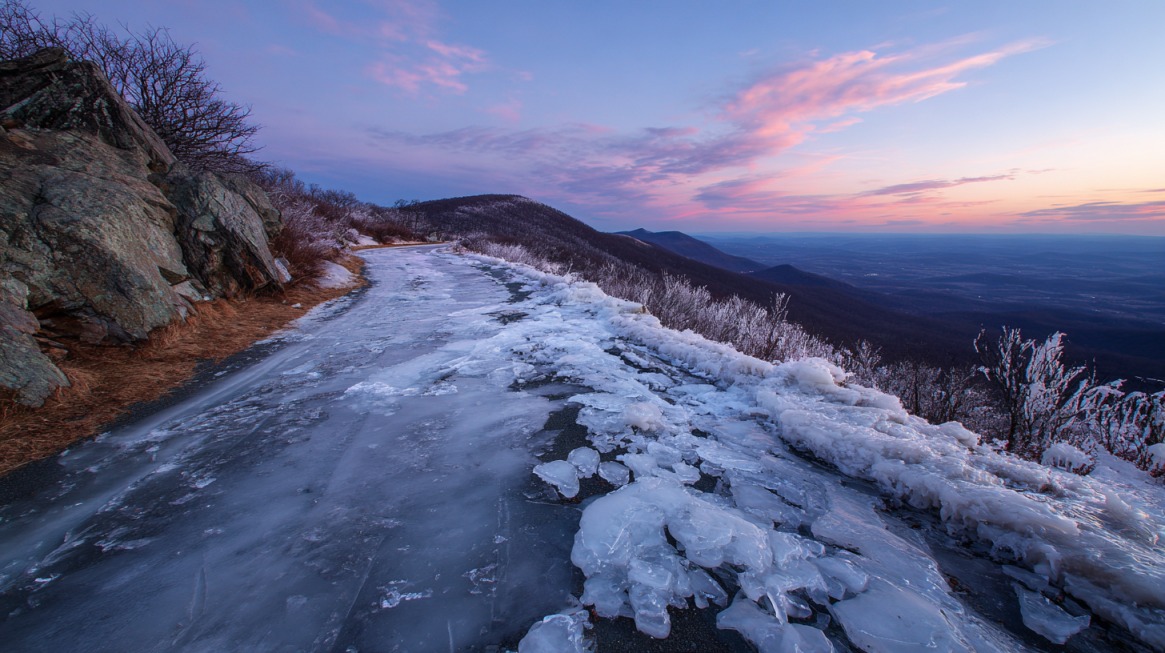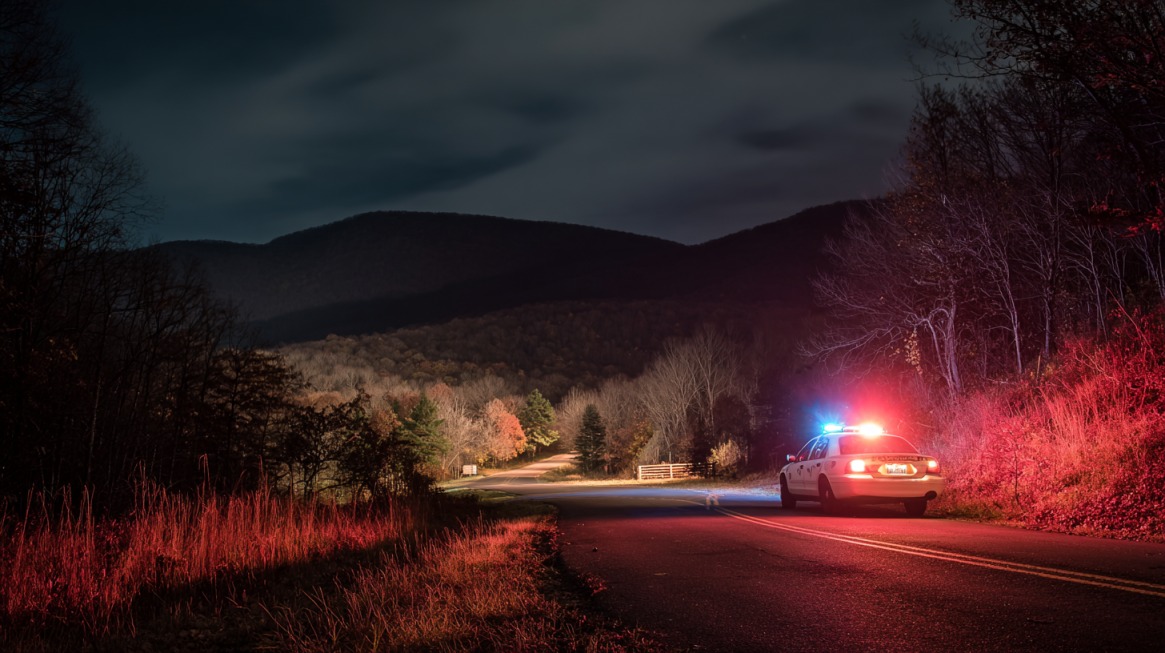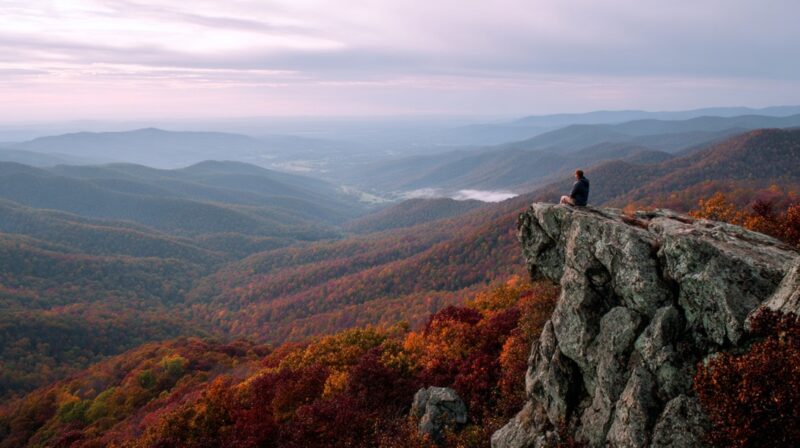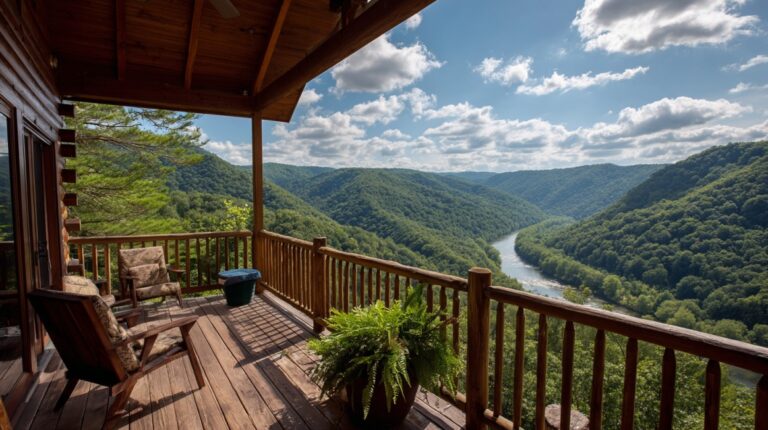Shenandoah National Park stretches along the Blue Ridge Mountains of Virginia, attracting more than 1.5 million visitors each year.
Known for panoramic views, scenic drives, and diverse trails, it offers a wide range of outdoor experiences.
Before setting out, having a clear sense of safety conditions can make a visit smoother and more enjoyable.
The goal is to evaluate park safety with statistics and practical advice from locals and seasoned hikers.
Table of Contents
ToggleIs Shenandoah National Park Safe?
@solowithsav have i convinced you? the perfect roadtrip from DC! #washingtondctrip #roadtrip #underrated #underratedplaces #nationalpark #underratednationalparks #beautifuldestinations #shenandoahnationalpark ♬ Hiking – Elgafar
Many travelers, including solo adventurers and families, view Shenandoah National Park as a secure and welcoming destination. A combination of strong infrastructure, trained staff, and established safety protocols contributes to this reputation.
Ranger stations, visitor centers, and emergency resources are positioned strategically throughout the park to provide timely assistance.
With over 1.5 million visitors annually, serious incidents remain infrequent thanks to both visitor awareness and park preparedness.
Rangers patrol regularly, offer updated trail maps, and share advice on weather conditions, wildlife activity, and trail closures. Trails are marked clearly, making navigation straightforward for those who follow posted signs and guidance.
The emergency network is designed to respond quickly to a range of situations, including medical needs and search-and-rescue operations.
- Extensive ranger presence ensuring visitor guidance and rapid assistance.
- Visitor centers offering maps, safety alerts, and up-to-date park information.
- Well-marked trails help reduce the risk of getting lost.
- An efficient emergency response system capable of addressing both minor injuries and major incidents.
- Low incident rate relative to the number of annual visitors.
Statistical data consistently show that with proper planning and respect for posted guidelines, the chance of experiencing a serious safety issue is minimal.
Preparation in the form of checking conditions, carrying essential gear, and knowing one’s limits remains the most effective way to ensure a safe and enjoyable visit
Common Safety Concerns
Visiting Shenandoah National Park offers incredible views and rewarding trails, but staying safe requires awareness of its potential hazards.
Wildlife encounters, rugged trails, scenic yet challenging roads, and seasonal weather changes all present risks that visitors should prepare for.
In addition, knowing crime rates, emergency patterns, and ranger support can help ensure a safe trip.
Wildlife Encounters

Wild animals are an important part of Shenandoah’s ecosystem, and most interactions remain peaceful when visitors follow safety guidelines.
Black bears are one of the most talked-about species in the park, yet they usually avoid human contact if not provoked.
Food should always be stored in bear-proof containers or locked inside vehicles, and hikers should keep a respectful distance when spotting wildlife.
Copperheads and timber rattlesnakes are present in certain habitats, particularly on rocky outcrops and sunlit trails. Good trail habits include watching handholds and wearing sturdy, closed-toe shoes.
Ticks are active during warmer months and can carry Lyme disease, making insect repellent, long sleeves, and regular tick checks important. Poison ivy is another common hazard and can be avoided by recognizing its three-leaf structure.
- Store food in bear-proof containers or locked vehicles
- Maintain a safe distance from all wildlife
- Wear closed-toe shoes and watch footing in rocky areas
- Use insect repellent and check for ticks frequently
- Learn to identify poison ivy’s three-leaf pattern
Trail Safety
View this post on Instagram
A post shared by Emily Moore | Travel Guide to DMV & Beyond (@emilygoesplaces)
Shenandoah’s trail network caters to various skill levels, yet certain hikes demand more preparation.
Old Rag, for example, challenges hikers with steep climbs, rock scrambles, and narrow ledges.
Popular routes can become crowded, leading to slower progress and a higher risk of slips or accidents. Many rescues involve hikers who underestimated the terrain or started without enough supplies.
Carrying adequate water, wearing durable hiking boots, and reviewing trail maps before departure greatly reduce risks.
- Choose trails that match fitness and skill level
- Wear sturdy hiking boots with good traction
- Bring enough water and snacks for the duration of the hike
- Study trail maps and weather forecasts before departure
Driving Safety on Skyline Drive
Skyline Drive stretches 105 miles across the park, offering breathtaking views along winding, narrow lanes.
The posted 35 mph speed limit helps protect drivers and wildlife, but constant attention is necessary. Fog, rain, or ice can limit visibility and make conditions slippery.
Wildlife such as deer and bears may cross unexpectedly, particularly during dawn and dusk.
Snow and hunting seasons can bring road closures, making pre-trip status checks essential.
- Adhere to the 35 mph speed limit at all times
- Remain alert for wildlife crossings
- Drive with caution during fog, rain, or icy conditions
- Check for seasonal closures before setting out
Seasonal Weather Hazards

Weather patterns shift dramatically through the year, and preparation can prevent accidents.
Winter brings snow, icy trails, and reduced services, requiring proper clothing and equipment.
- Sudden thunderstorms
- Muddy paths
- Increasing slip risks
Summer heat can quickly lead to dehydration or heat exhaustion, particularly on strenuous climbs.
Fall attracts heavy visitor traffic, creating congestion both on roads and trails.
Awareness of seasonal patterns allows for better planning and packing.
- Winter: Bring traction gear and dress for freezing temperatures
- Spring: Prepare for sudden storms and muddy conditions
- Summer: Stay hydrated and avoid peak heat hours for strenuous hikes
- Fall: Expect crowded trails and plan parking accordingly
Crime and Emergency Stats

Criminal incidents in Shenandoah are rare, with the majority of emergencies linked to environmental hazards or medical conditions.
Lost hikers, falls, and heat-related issues make up most rescue calls. Notifying a friend or family member of planned routes increases the chances of quick recovery in case of emergencies.
Carrying a basic first aid kit, pacing physical exertion, and respecting personal limits can prevent many common incidents.
- Inform someone of your itinerary before leaving
- Carry a first aid kit and know how to use it
- Monitor personal energy levels to avoid overexertion
- Bring a fully charged phone or GPS device
Park Ranger and Rescue Resources

Rangers at are well-equipped to handle a wide range of emergencies.
Teams conduct regular patrols and have specialized training in search-and-rescue operations. Old Rag, known for its high incident rate, is closely monitored.
Visitor centers throughout the park supply maps, safety updates, and weather alerts.
Maintaining quick and clear communication with rangers helps ensure fast response times.
- Visit ranger stations for updated trail and safety information
- Report any emergencies immediately
- Request safety briefings before challenging hikes
- Pick up free park maps and learn blaze color codes
Local Tips for Staying Safe
Practical knowledge passed along by locals and experienced hikers can transform a visit into a smoother, safer experience.
Simple choices such as arrival time, route selection, and gear preparation can greatly influence safety and comfort.
The following tips are divided into two categories, with each containing bullet points for easier reference.
Pro Tips from Locals and Seasoned Visitors
Seasoned visitors often plan their trips around crowd levels, weather shifts, and lesser-known access points.
Being mindful of road logistics and trail markings can save time and reduce unnecessary risks.
- Arrive early in the morning to avoid both heavy traffic and the afternoon tendency for thunderstorms.
- Choose less-congested entrances for faster access.
- Learn the blaze color system, where white marks indicate the Appalachian Trail and blue marks identify other park trails.
- Dress in layers to adapt to temperature changes caused by elevation.
- Fill your gas tank before entering since fuel stations inside the park are limited and expensive.
Smart Visitor Behavior
Good trail etiquette and environmental awareness are key to keeping the park safe for everyone.
Responsible actions ensure that the park’s wildlife and vegetation remain unharmed for future visitors.
- Follow Leave No Trace principles to minimize human impact.
- Avoid feeding or approaching wildlife to prevent altering their natural habits.
- Pack out all trash, including food scraps, to keep the park clean.
- Refrain from damaging plants, trees, or natural features along trails.
Summary
Shenandoah National Park offers a safe and rewarding experience for those who arrive prepared.
Awareness of wildlife, weather, and terrain plays a major role in avoiding problems.
Respect for nature, combined with practical preparation, keeps visitors secure while allowing them to enjoy one of Virginia’s most remarkable natural spaces.







